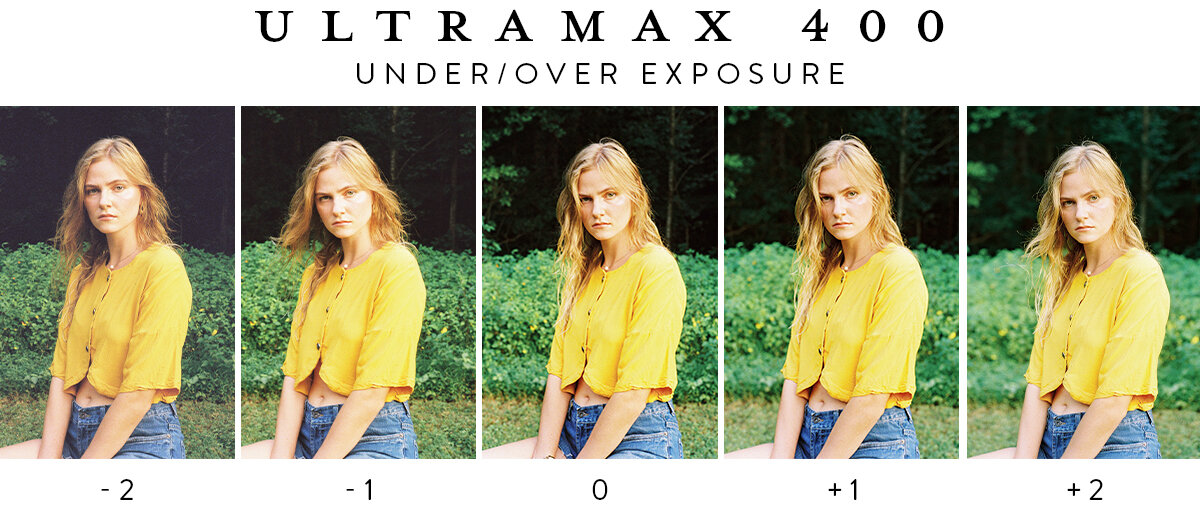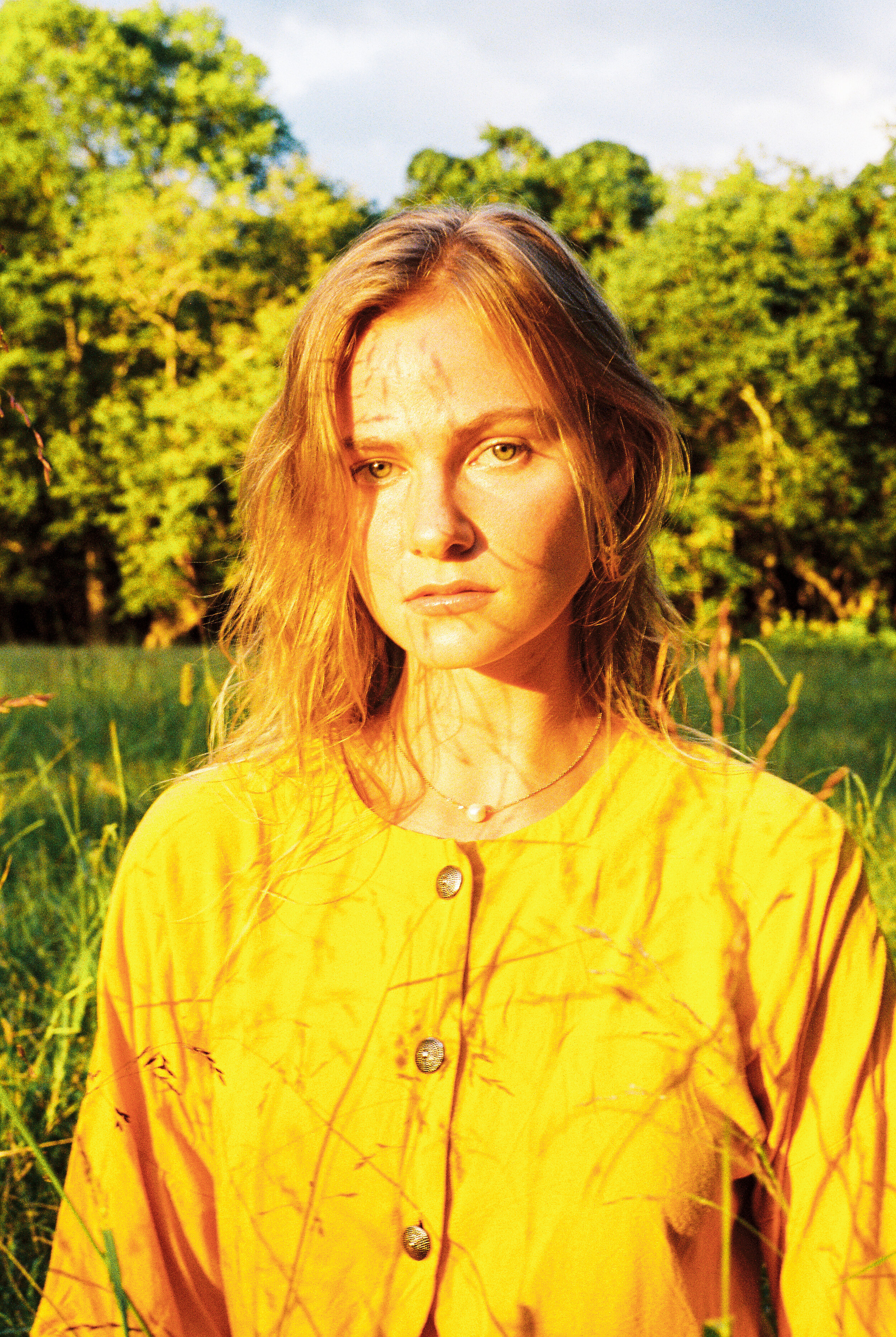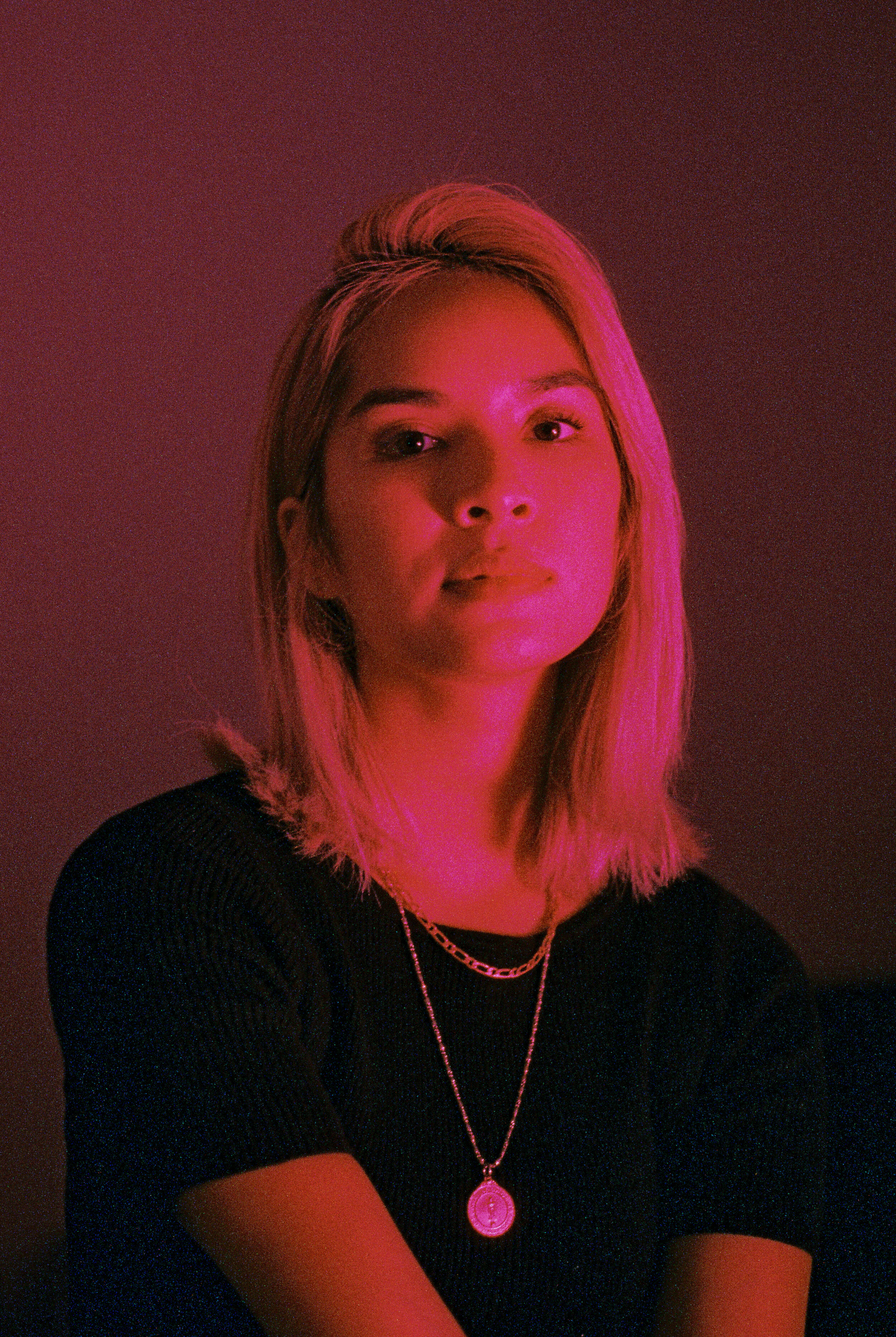Kodak Portra 800 is a classic. It was originally released as a part of the Portra family in 1998 and hasn’t been changed since (unlike 160 & 400). It is much warmer than other Portra stocks, and is less forgiving when underexposed.
Even though box speed is 800, the colors are a bit nicer and more saturated when overexposed by a stop or two. When using flash, we recommend metering at box speed.
Like the majority of still photography films, Portra 800 is daylight balanced (5500K). For best results, shoot it in daylight or with a quality flash or strobe. If you shoot with interior lighting, expect an orange tint to your image.
METERED AT 400
METERED AT 800
METERED AT 800 W/ FLASH
All photos were taken by Sam Street on a Leica M6 with a 50mm Summicron and a Contax T3. Thanks to Grace Albritton for modeling.





















